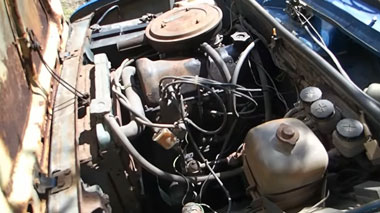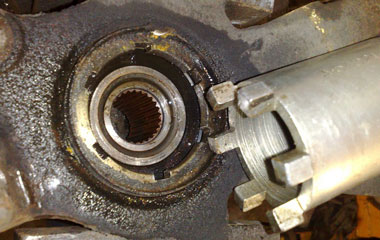
As soon as the temperature dips below freezing, my car’s belt starts to squeal. It’s so loud that I can’t hear the radio or even have a conversation with passengers. The sound is annoying and embarrassing, and I can’t figure out why it happens.
Is it because the cold makes the belt tighter? Or is there something wrong with my car?
When it’s cold outside, your car’s engine has to work harder to maintain the same level of performance. As a result, all of the moving parts in your engine are subjected to more wear and tear. Your car’s belts are no exception.
As the temperature drops, the rubber in your belts becomes harder and less flexible. This can cause the belts to squeal when they’re first starting up or if you’re accelerating hard. The good news is that this is usually just a temporary problem that will go away once your engine warms up.
If you notice that your belt is still squealing after a few minutes of driving, then it’s probably time for a new one. Belts are relatively inexpensive and easy to replace, so don’t wait until they break before getting a new one.
Why Does My Belt Squeal When It’s Cold
When it’s cold outside, your car’s engine works harder to maintain its normal operating temperature. This increased engine load can cause the serpentine belt to slip on the pulleys, which creates a squealing noise. If the problem is severe, the belt can come off entirely, which will cause your car to stall.
What Causes a Belt to Squeal
A belt squeal can be caused by a number of things, but the most common cause is an improper alignment of the pulleys. If the pulleys are not aligned properly, they can start to rub against each other, which will cause the belt to squeal. Another common cause of belt squeal is a loose or damaged belt.
If the belt is not tight enough, it can start to slip and make noise. Finally, dirt or debris on the pulleys can also cause squealing.
How Can I Prevent My Belt from Squealing
If your belt is squealing, it’s likely due to one of three things: the tensioner, the pulleys, or the belt itself. The tensioner is a spring-loaded device that keeps the belt tight as it rotates. If the tensioner is loose, it can cause the belt to slip and squeal.
To check if your tensioner is loose, try pushing on it with your finger. If it moves more than a quarter of an inch, it’s too loose and needs to be tightened. The pulleys are what the belt wraps around.
There are usually two or three pulleys in an engine: the crankshaft pulley, which is at the bottom; and one or two camshaft pulleys, which are at the top. If any of these pulleys are misaligned or worn out, they can cause the belt to squeal. You’ll need a professional to check and replace them if necessary.
Finally, the problem could be with the belt itself. Over time, belts can stretch and wear out from heat and friction. If your belt looks frayed or cracked, it needs to be replaced.

What Should I Do If My Belt Starts to Squeal
If your belt starts to squeal, there are a few things you can do to try and fix the problem. First, check to see if the belt is properly aligned. If it is not, adjust it so that it is.
Next, check to see if the belt is loose. If it is, tighten it up. Finally, check to see if the pulleys are misaligned.
If they are, realign them.
Can a Belt Squeal Be Fixed
If your car’s belt is squealing, it’s likely due to one of three issues: the belt is loose, the belt is worn, or the pulleys are misaligned. You can fix a loose or worn belt by tightening it or replacing it. To fix misaligned pulleys, you’ll need to have a professional mechanic realign them.
How to Fix a Squeaky Belt (figure out where the squeak is coming from)
Conclusion
When it’s cold outside, your belt may squeal when you start your car. The reason for this is that the belt is made of rubber and the cold weather makes the rubber harder. This causes the belt to slip on the pulleys and make a squealing noise.
You can fix this by replacing the belt or adjusting the tension on the pulleys.







































